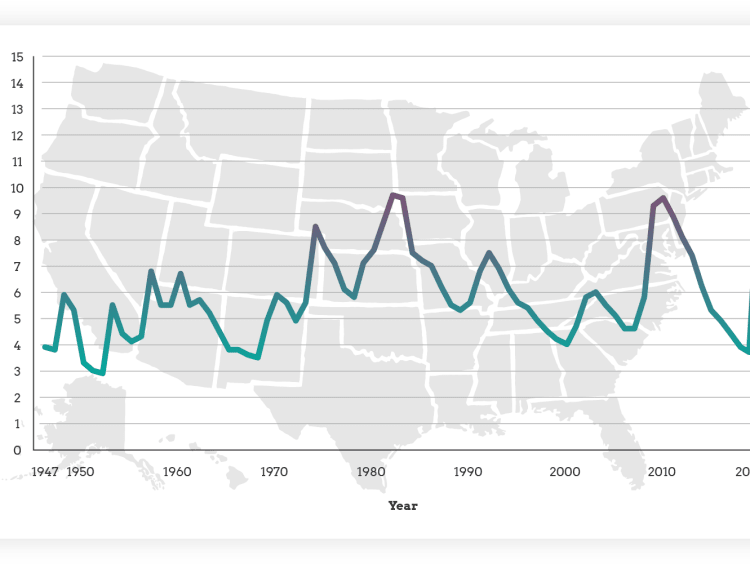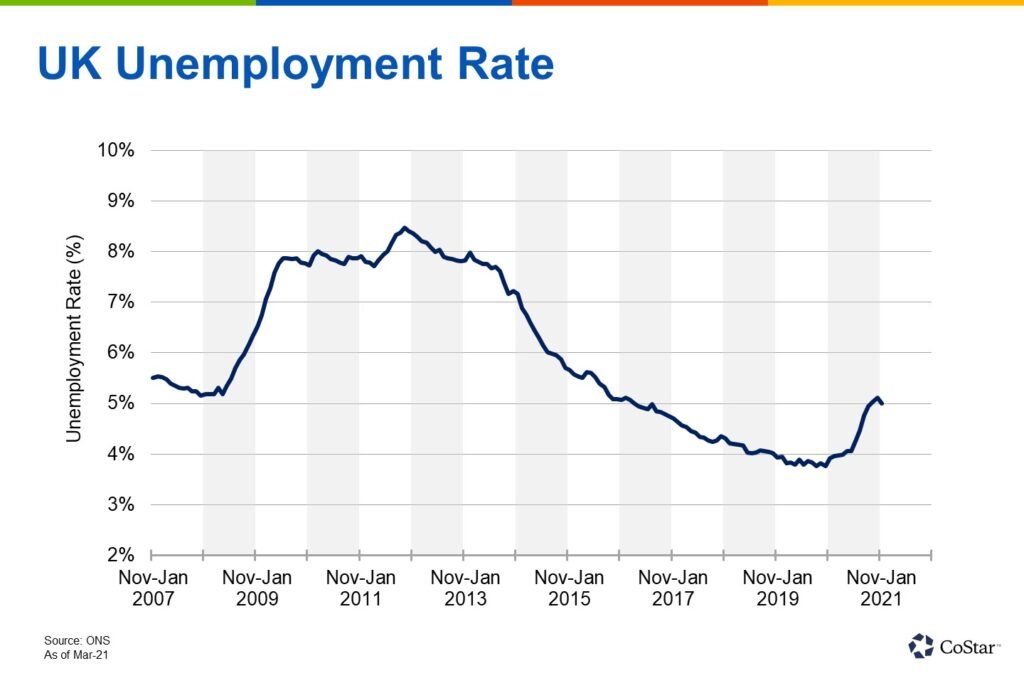
An Analysis of the Unemployment Rate in the USA and UK in 2024
The Unemployment Rate in the USA and UK in 2024


As we look ahead to the year 2024, many factors come into play when considering the unemployment rate in different countries. In this blog post, we will focus on the unemployment rates in the United States(USA) and the United Kingdom(UK), exploring the current trends and making predictions for 2024.
The Current Unemployment Situation
Before diving into the future, let’s take a moment to understand the current unemployment situation in both countries.
United States
The United States has experienced significant changes in its unemployment rate over the years. As of September 2021, the unemployment rate stood at 4.8%, a considerable improvement from the peak of 14.8% in April 2020 during the COVID-19 pandemic. The country has been steadily recovering, thanks to government interventions and economic stimulus measures.
However, it is important to note that the unemployment rate can vary across different states and industries. Some sectors, such as hospitality and tourism, have been hit harder than others.
Overall employment in the U.S. economy is projected to increase 6.5 percent during the 2014–24 decade, adding about 9.8 million new jobs. The most new jobs added and fastest job growth will occur in healthcare practitioners and technical occupations and healthcare support occupations. Projected changes to demographics as the population ages will drive the expected growth in the healthcare occupational groups. Production occupations and farming, fishing, and forestry occupations are the only major occupational groups projected to decline.
Occupational employment projections to 2024 USA
United Kingdom
The United Kingdom has also faced its fair share of economic challenges, particularly due to the uncertainties surrounding Brexit and the impact of the global pandemic. As of July 2021, the unemployment rate in the UK was 4.7%, which was lower than initially predicted.
Similar to the United States, the UK has seen variations in unemployment rates across different regions and industries. The government has implemented various measures to support businesses and workers during these challenging times.
Predictions for 2024
While it is challenging to predict the exact unemployment rates for any given year, we can make some informed assumptions based on current trends and economic forecasts. Keep in mind that these predictions are subject to change depending on various factors, such as government policies, global events, and technological advancements.
United States
In the United States, the unemployment rate is expected to continue its downward trend, gradually stabilizing as the economy recovers from the impact of the pandemic. By 2024, it is projected that the unemployment rate in the USA will be around 3.5% to 4.5%, reflecting a relatively healthy job market.
Several factors contribute to this optimistic outlook. The government’s investment in infrastructure, renewable energy, and technology is expected to create new job opportunities. Additionally, the reopening of businesses and the return of consumer confidence will further drive employment growth.
United Kingdom
The United Kingdom’s unemployment rate is also expected to improve, albeit at a slower pace compared to the United States. By 2024, it is estimated that the unemployment rate in the UK will be around 4% to 5%, indicating a gradual recovery.
Factors such as the successful implementation of post-Brexit trade agreements, increased government spending on key sectors, and the stabilization of the global economy will contribute to this positive trend. However, uncertainties surrounding international trade and potential shifts in the labor market may pose challenges along the way.
Conclusion
While we cannot predict the future with absolute certainty, analyzing current trends and economic indicators can provide valuable insights into the unemployment rates of different countries. In the case of the United States and the United Kingdom, both countries are expected to see improvements in their unemployment rates by 2024.
It is important to note that these predictions are based on the information available at the time of writing, and external factors can influence the actual outcomes. As the world continues to navigate through the challenges of a post-pandemic era, it is crucial for governments, businesses, and individuals to adapt and work together to create a more resilient and inclusive job market.
